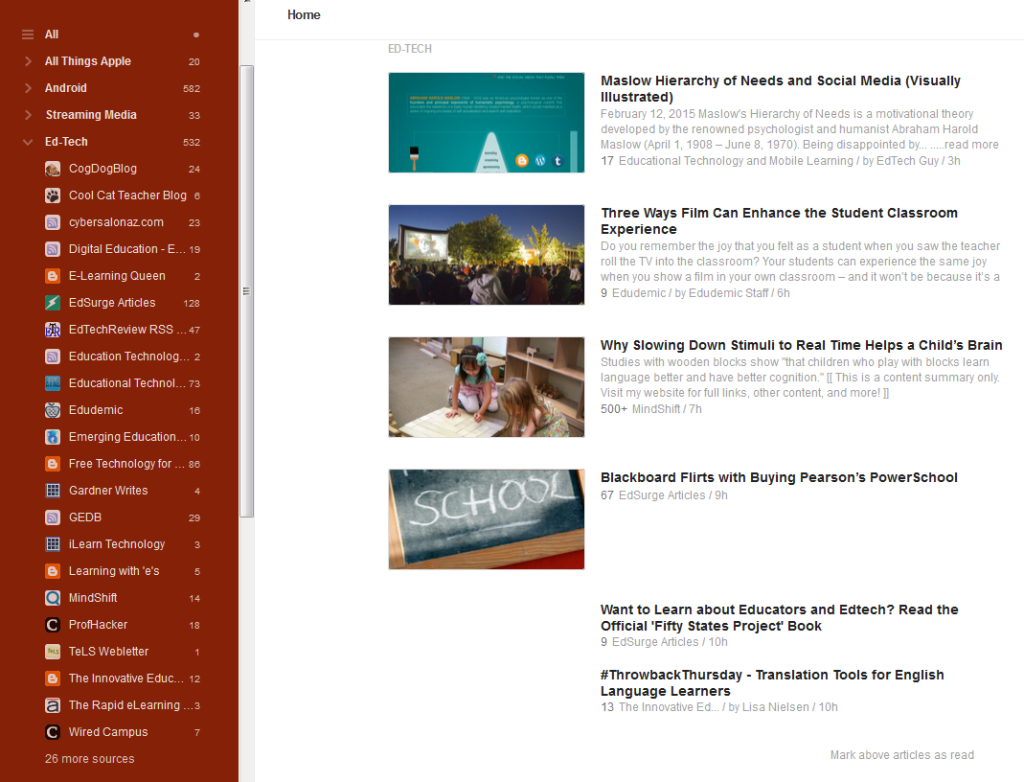On February 13th, I was sitting in my office and a young man walked by my window and then stopped at my door. I looked up from my computer and saw him standing there with a bunch of roses. “Oh, how pretty,” I commented. He walked in and gave me a rose. I thanked him and he left to continue his mission of giving out roses to the ladies in Testing Services.
I was touched and at that same time frustrated and mad at myself because I couldn’t remember his name. He is one of the DRS students we serve. I used to remember students’ names when I worked at a small private college but now I meet with several hundred students a year and the fact that being older also hinders my memory capacity. 🙂 I can’t keep all their names in my head.
For the next 45 minutes I was possessed with finding out the student’s name. Why? Because this student took the time to drop by my office and offer me a rose. The least I could do is find out who he was and to thank him.
After identifying the student, I re-read my notes related to my meetings with him. I realized that learning challenges he had during high school and college coupled with surviving a brain tumor has not hampered his spirit.
Although the limitations he experiences academically leaves him feeling useless at times. His friends from high school have abandoned him and he technically can’t work because of the medical benefits he receives. During our last conversation in November 2014 he shared that he is bored. He stays home so much and wants to do something. We brainstormed resources and volunteer opportunities to get him involved with other people and feel useful.
I directed him to Career Services for additional support. I am unsure whether he found a volunteer opportunity or not but one thing I am sure; he took the time to bring roses to the Disability and Testing Services building for Valentine’s Day and blessed my day!




